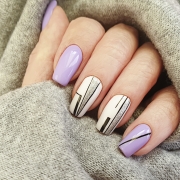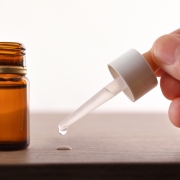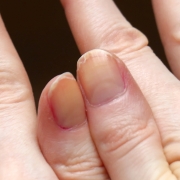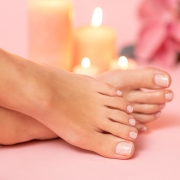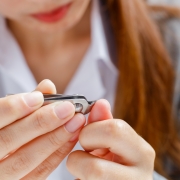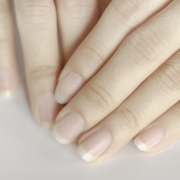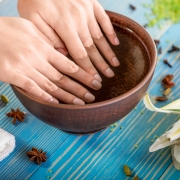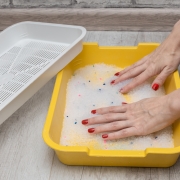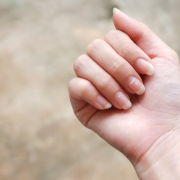The Art of Appropriate Nail Extensions
Nail extensions have become a popular choice for individuals looking to enhance the length and beauty of their natural nails. Whether for special occasions or everyday glamour, nail extensions offer versatility and endless possibilities for creative expression. However, achieving the perfect balance between length and practicality is crucial to ensure both aesthetic appeal and nail health. Understanding the principles of appropriate nail extension is essential for anyone considering this popular beauty enhancement.
First and foremost, the appropriate length of nail extensions depends on individual preferences, lifestyle, and practicality. While some may prefer long, dramatic extensions that make a bold statement, others may opt for shorter, more manageable lengths that align with their daily activities and personal style. When deciding on the length of nail extensions, it’s essential to consider factors such as comfort, functionality, and maintenance.
One of the primary considerations when determining the appropriate length of nail extensions is daily activities and lifestyle. Individuals with active lifestyles or demanding professions may find shorter nail extensions more practical, as longer lengths can interfere with daily tasks and increase the risk of breakage or damage. On the other hand, those with less physically demanding routines may feel comfortable sporting longer extensions, provided they are willing to invest time and effort into maintenance.
Additionally, the shape and structure of the natural nails play a significant role in determining the appropriate length of extensions. Individuals with shorter nail beds may need to opt for shorter extensions to achieve a natural-looking appearance and avoid excessive bulkiness. Conversely, those with longer nail beds may have more flexibility in choosing longer extension lengths while maintaining proportionality and balance.
Furthermore, the desired nail shape can influence the appropriate length of extensions. While certain shapes, such as stiletto or coffin, may require longer lengths to achieve their characteristic silhouette, others, such as square or rounded, can be achieved with shorter extensions. It’s essential to work with a skilled nail technician who can assess the natural nail shape and recommend appropriate extension lengths to achieve the desired look.
Another critical factor to consider when determining the appropriate length of nail extensions is nail health and integrity. Excessive length or weight can put strain on the natural nails, leading to issues such as breakage, lifting, or even nail damage. To maintain the health and strength of the natural nails, it’s essential to strike a balance between length and support, opting for extensions that provide adequate reinforcement without compromising nail health.
In conclusion, finding the appropriate extension length for nails is a delicate balance between personal preference, lifestyle, and practicality. Whether opting for short and chic or long and glamorous extensions, it’s essential to consider factors such as daily activities, natural nail shape, and overall nail health. By working with a knowledgeable nail technician and practicing proper maintenance, individuals can achieve beautiful, stylish nails that enhance their overall look without sacrificing comfort or well-being.



